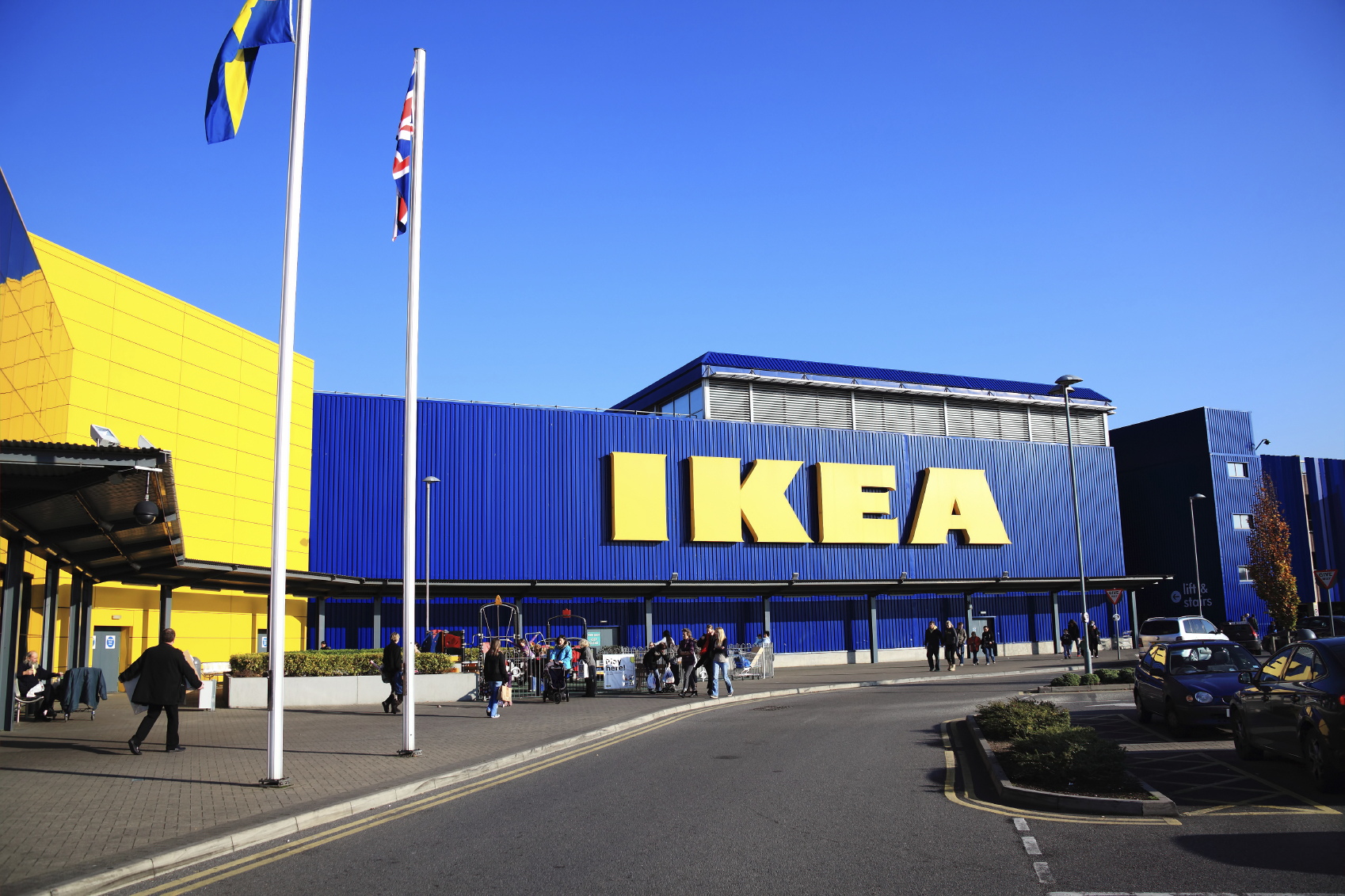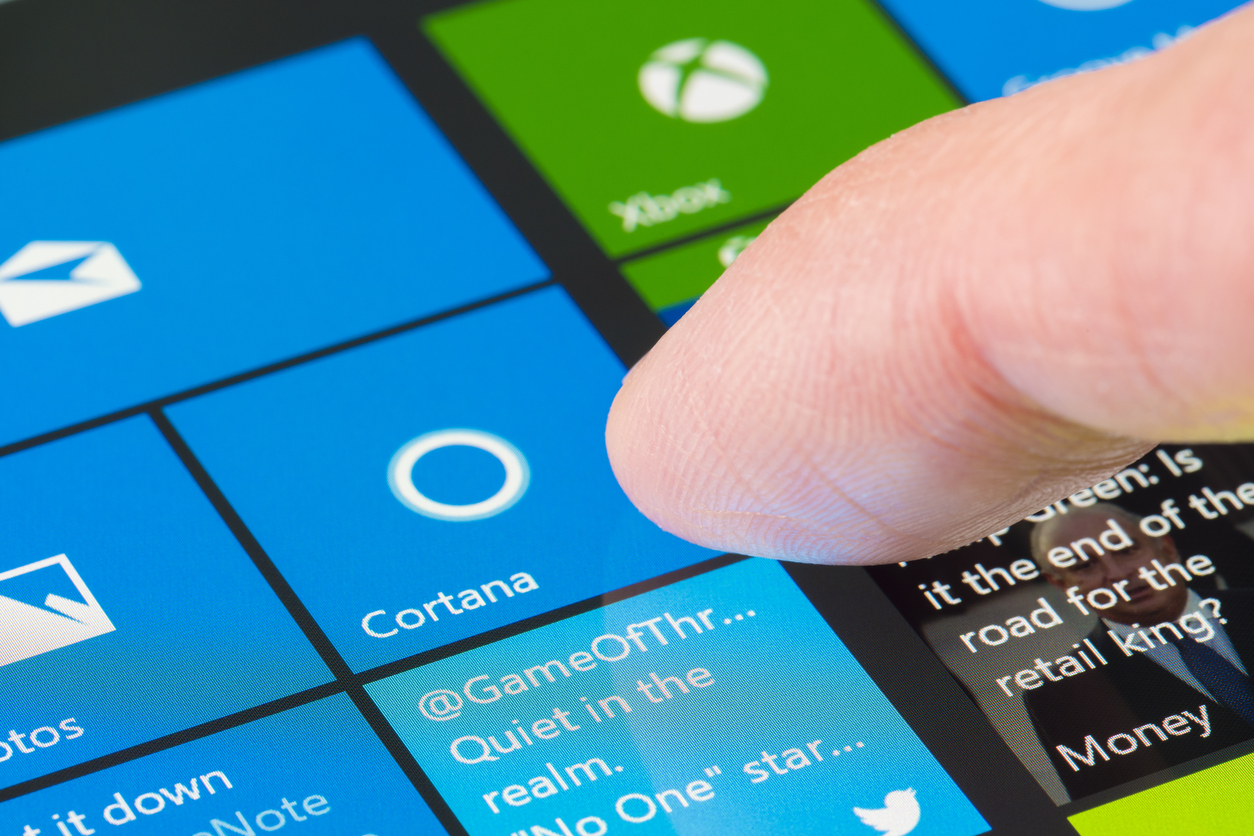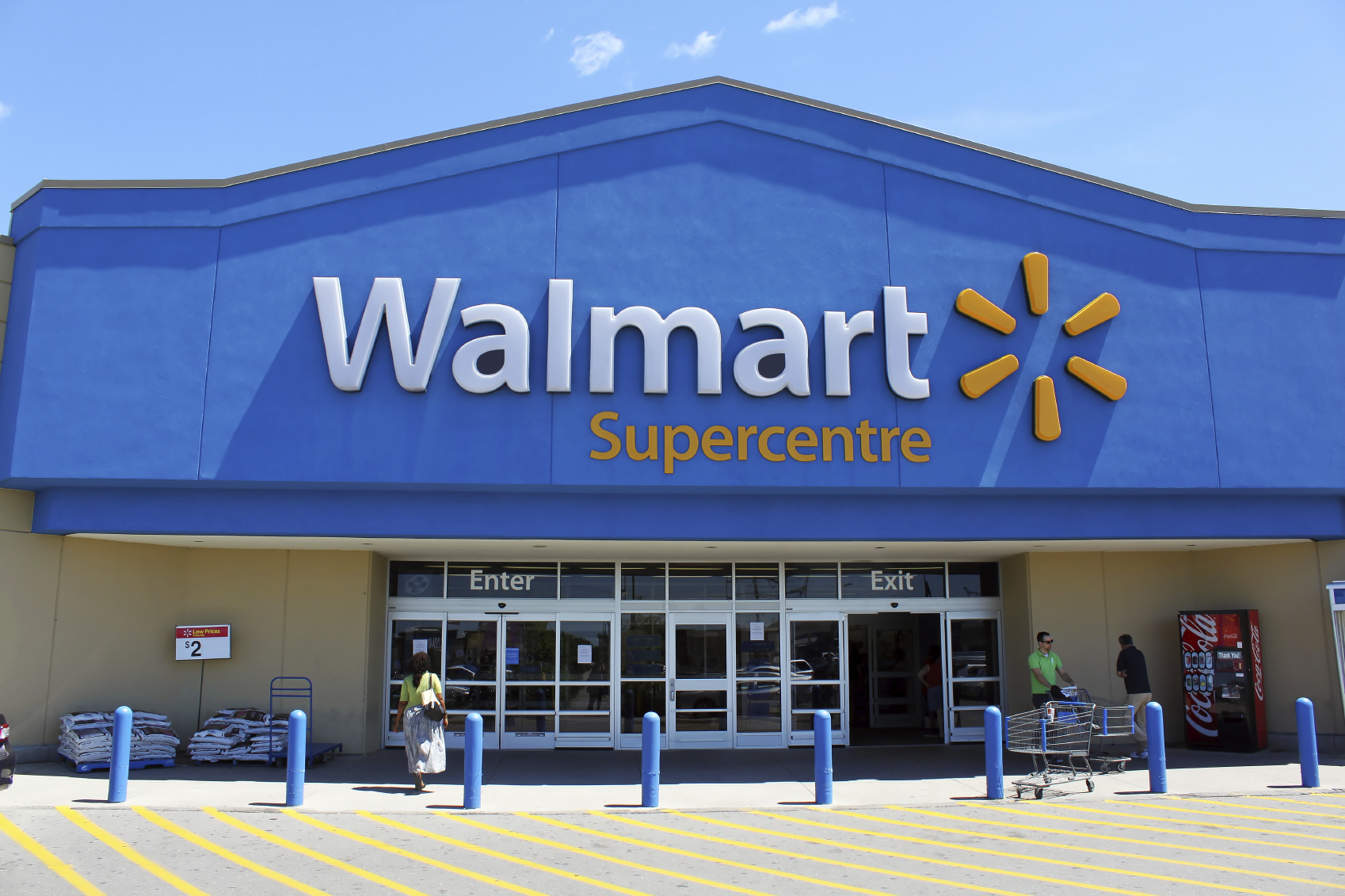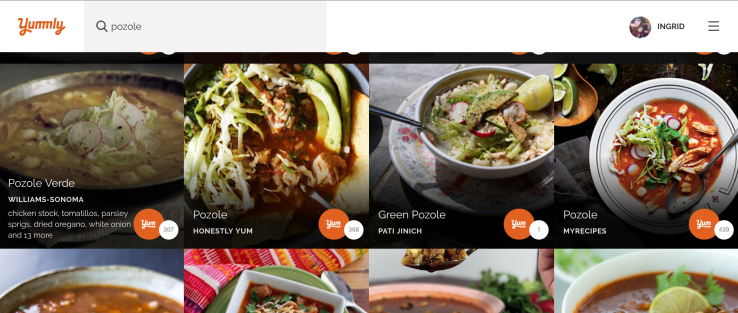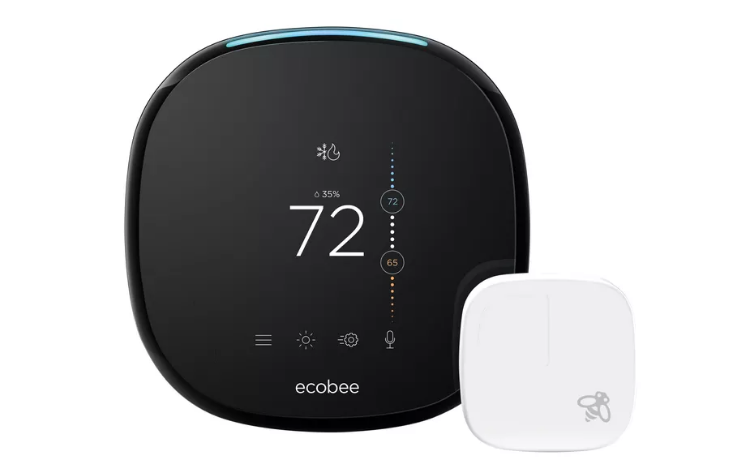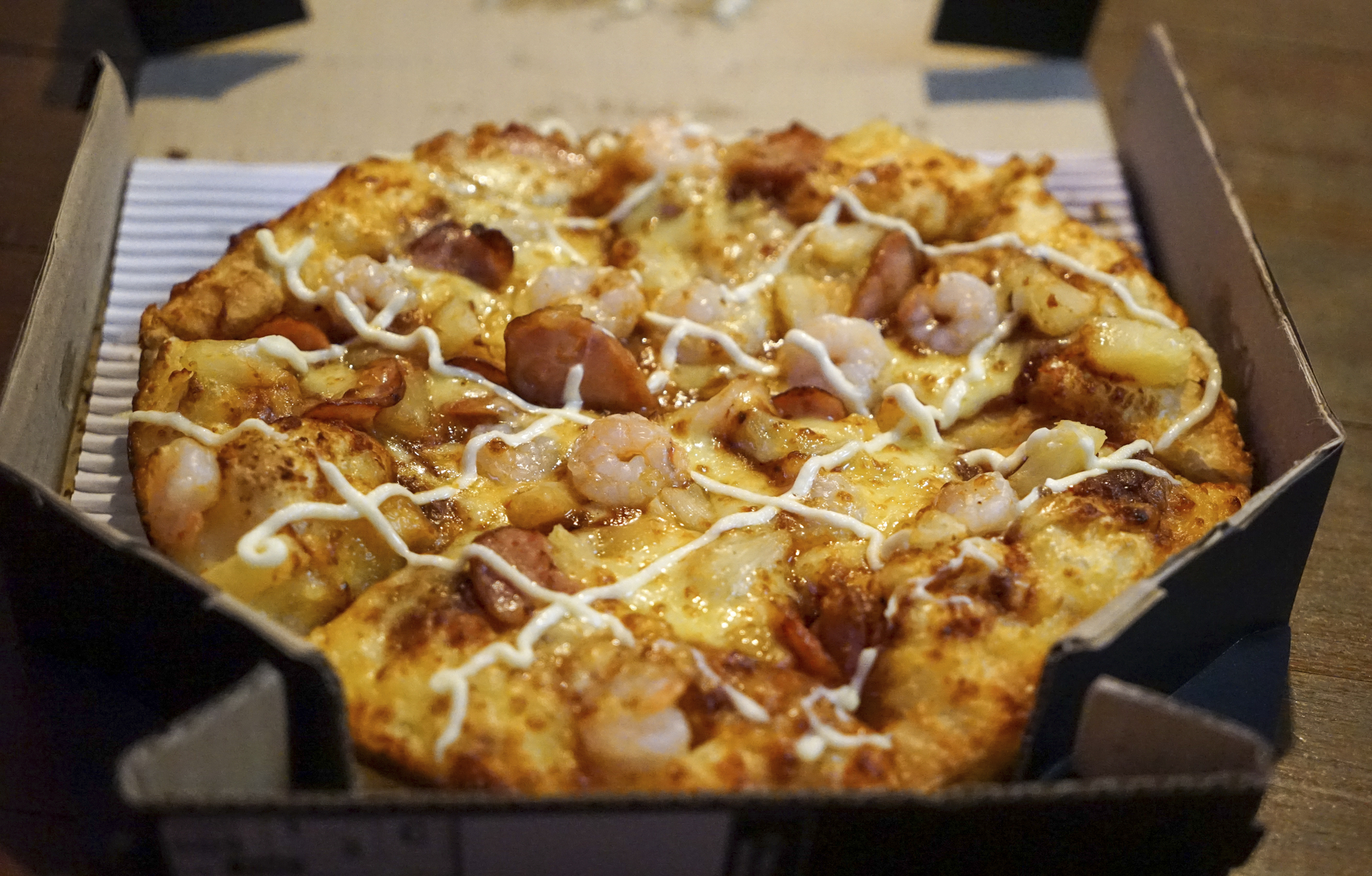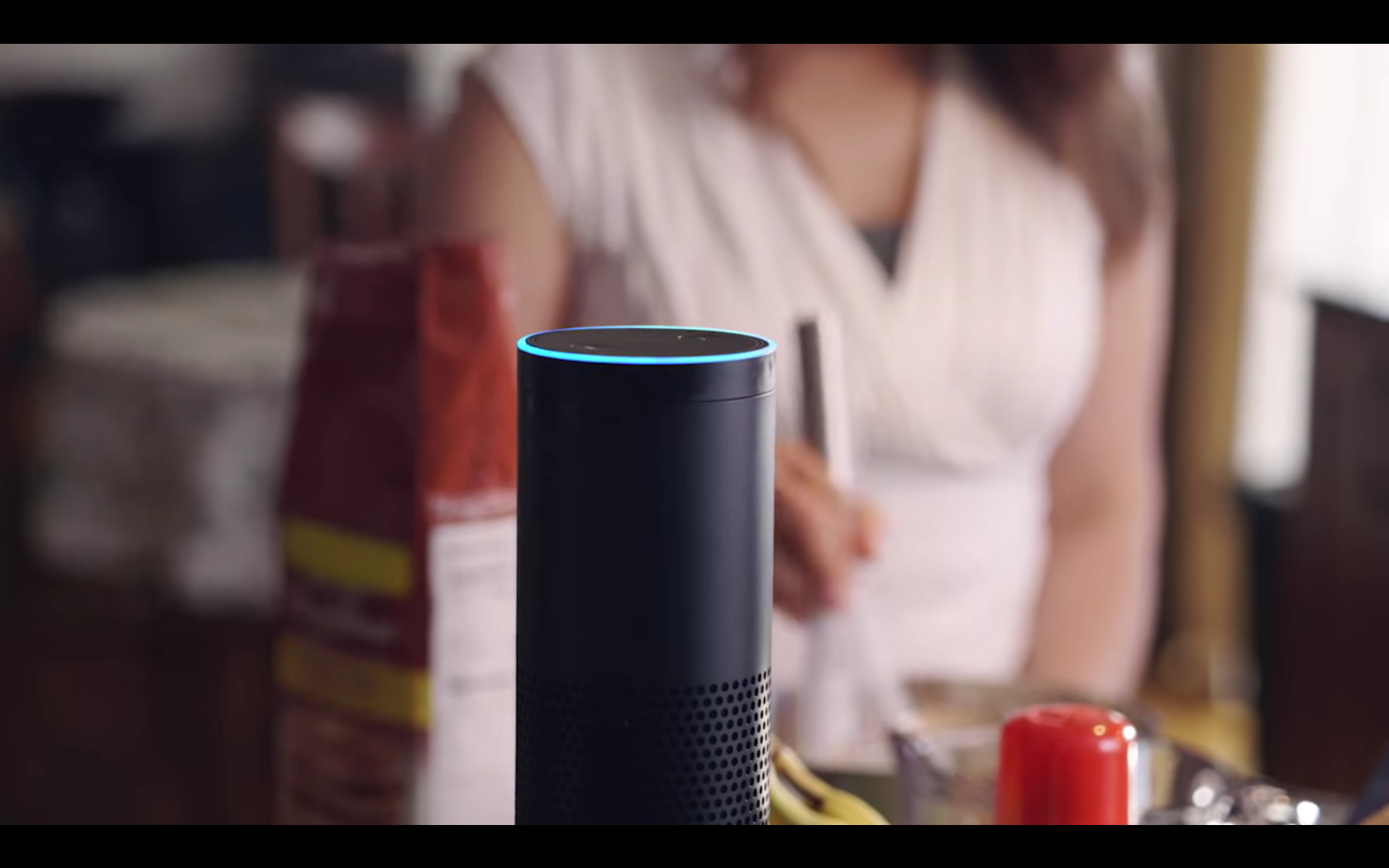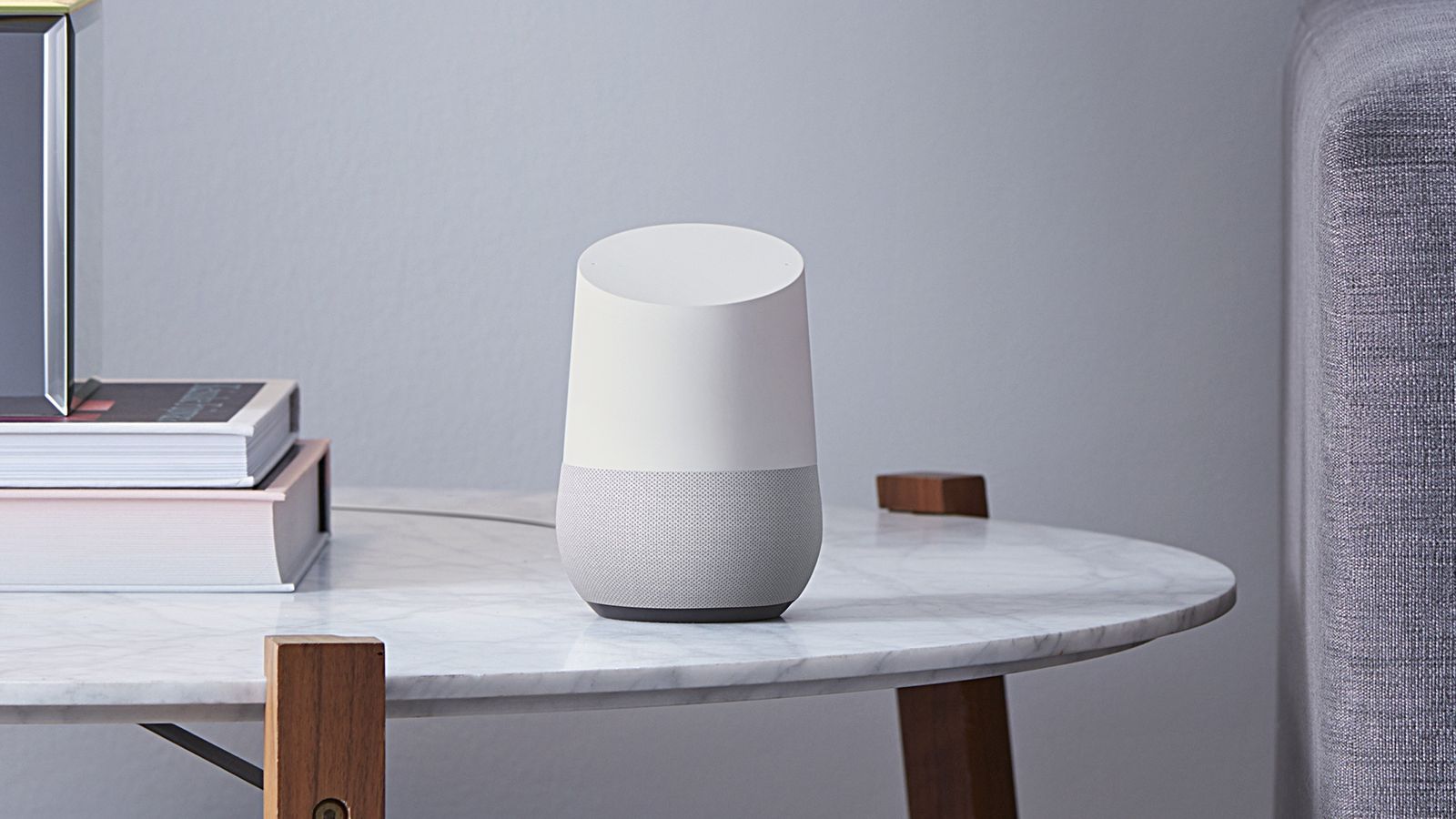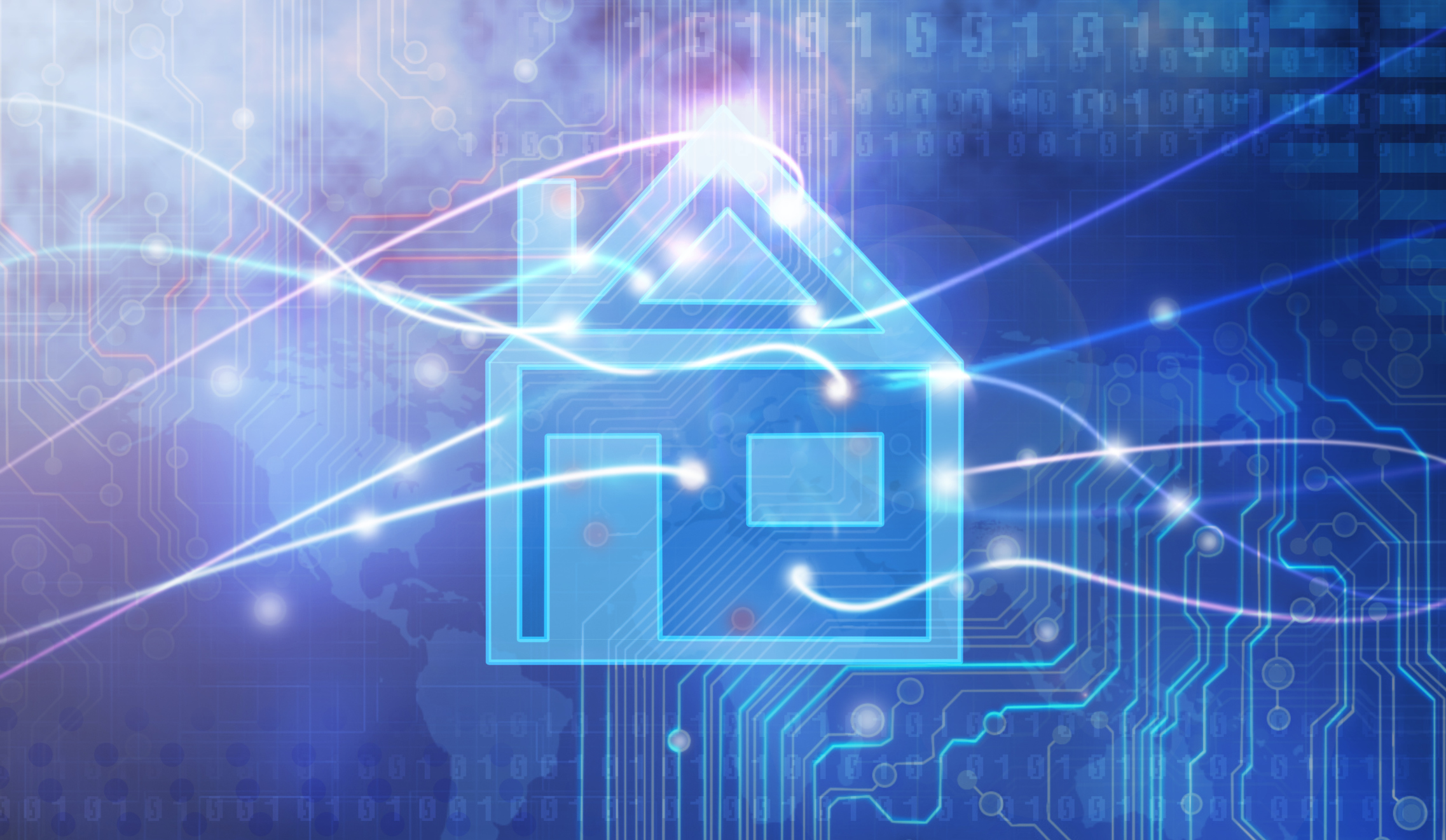What Happened
IKEA is embracing conversational interfaces as it announced on Tuesday that it is adding voice command support to its TRÅDFRI line of affordable connected lighting, which includes several different LED bulbs with prices starting at $11.99 in the US. Coming this summer, the updated line will be compatible with Amazon’s Alexa, Google Assistant, and Apple’s HomeKit (which uses Siri) for voice control. Besides, users will also be able to control the lights via the respective apps.
What Brands Need To Do
By integrating with the three most popular smart home systems, this new line will undoubtedly be versatile enough to appeal to a wide range of smart home shoppers. That, plus its competitive pricing, should help push more consumers to try out connect lighting and familiarize themselves with the voice-controlled smart home setup.
According to BI Intelligence estimates, connected-home device shipments hit 1.8 billion units shipped in 2019. Most of them will support some type of voice control, most likely through integration with digital assistants, as IKEA is doing here, as opposed to building their own voice command solutions. As the availability of smart home devices rapidly grows, they provide a valuable emerging platform for brands to connect with consumers at home via voice, and brands should take a proactive approach and start experimenting with voice experiences.
How We Can Help
The Lab has extensive experience in building Alexa Skills and chatbots to reach consumers on conversational interfaces. So much so that we’ve built a dedicated conversational practice called Dialogue. The “Miller Time” Alexa Skill we developed with Drizly for Miller Lite is a good example of how Dialogue can help brands build a conversational customer experience, supercharged by our stack of technology partners with best-in-class solutions and an insights engine that extracts business intelligence from conversational data.
If you’d like to learn more about how to effectively reach consumers on conversational interfaces, or to leverage the Lab’s expertise to take on related client opportunities within the IPG Mediabrands, please contact our Client Services Director Samantha Barrett ([email protected]) to schedule a visit to the Lab.
Source: The Verge
